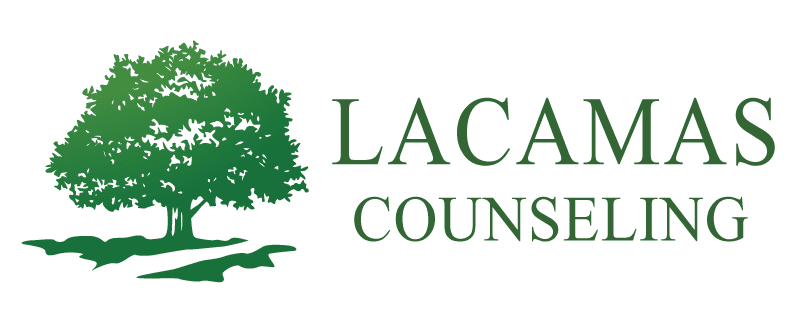Creating the person that we want to be can offer its challenges. There is empowerment and freedom, yet also a weight of responsibility in representing ourselves in our daily choices and actions. Identity is how we want to be known.
Identity is something that we discover about ourselves, something that people speak into our lives, and something that we speak about ourselves to others.
Identity is shaped by so much: family, hobbies, ethnicity, faith, sexuality, social groups, likes and dislikes, values, life experiences. Identity is shaped by positive factors and choices, negative factors and what we DON’T want to be, and crippling and haunting experiences, such as early traumas, disability, or bad choices.
Identity is not only who we are currently, but it is also who we have been and who we are going to be.
So how is identity created? Some of it is gifted and bestowed upon us (for better or worse) through our parents and family of origin. We are given a name, a family name, ethnicity, culture, sexuality, values, and a spiritual influence. Some of us are given a community of people that influence our development of identity and person. Messages are spoken to us throughout our life of our strengths and weaknesses. The more we hear each of those messages, the more prominent it is in shaping our identity (i.e. “You are so creative”, “You are good for nothing and a failure.”).
As we age in our development we begin to make our own choices that shape our identity, most notably are our successes and failures in school and sports, and our social groups. Groups and friendships solidify our sense of belonging, offer feedback and normalization, and teach us.
Identity choices as an adult include college, vocation or employment, romantic relationships, and relocation.
Life offers many opportunities to shape our identity. Yet by the time we realize that we are able to influence our identity, so much has already been determined for us.
So what now?
How do we transform our identity into who we want to be?
A first step would be to evaluate and assess. Take inventory. Figure out where you are at in life, what choices you’ve already set for yourself, what you like and don’t like about yourself, what social groups you belong to, what vocations you’ve chosen, your family, sexuality, values, spirituality and faith beliefs, disabilities, money habits, etcetera. Ask others for feedback.
A next step is to dream. Imagine who you want to be. Who do you admire? What are your aspirations and goals? What did you dream about as a child? What would you do if life had no limits? What are the impossibilities that have captured your attention? The stage of dreaming is meant to go outside of our normal boxes and beliefs. Include as much as you can in your dreams, as it is easier to narrow down choices than it is to add choices.
A next step is to plan, strategize, and visualize. What parts of your dream do you want to enact? Categorize it by immediate actions, short-term goals, long-term goals, long-long-term goals, and wish list. Write it down. Plot it out. Create a future timeline for yourself. Investigate your options. Do whatever steps you normally do when planning for something.
Then act. Follow through. Creatively explore and attempt the plan you created. Ask for support. Some identity goals will be easier than others (i.e. applying for a job, educating yourself about and participating in your cultural or faith group). Some goals are harder (i.e. creating life values, rebuilding your character after a failure, understanding how to be more than your disability or trauma). Identity goals will come to fruition through a consistency in your choices and actions. Your daily life reflects the person that you want others to know you as. It is the message that you tell yourself and others.
A final step is to prepare for changes and transitions in your identity (i.e. empty nest, retirement, deaths, loss of abilities). Life is not static. We can’t predict life’s tragedies, though we can prepare.
Granted we all do better at one step in the process, or maybe you’ve even created your own process for creating identity. The important part is to be intentional about creating and developing yourself into the person you want to be, because our identity is developing every day by the intentional choices or lack of choice that we make.
Cultivating the person that we want to be takes effort, perseverance, and courage.
A sobering end to this blog on identity is a segment of research that I came across while researching and writing this topic:
“Individuals with a stronger sense of who they are and where their lives are headed would be more likely to engage in mature interpersonal relationships and to successfully assume adult roles. In contrast, individuals who are unclear about their identity would be more likely to experience distress, engage in destructive behavior, and experience difficulties maintaining healthy relationships with others.”
(Schwartz, Donnellan, Ravert, Luyckx, and Zamboanga, Identity Development, Personality, and Well-Being in Adolescence and Emerging Adulthood, retrieved on 8/1/15 from http://lp.wileypub.com/HandbookPsychology/SampleChapters/Volume6.pdf)

